
views
Create a learning goal for all your students.
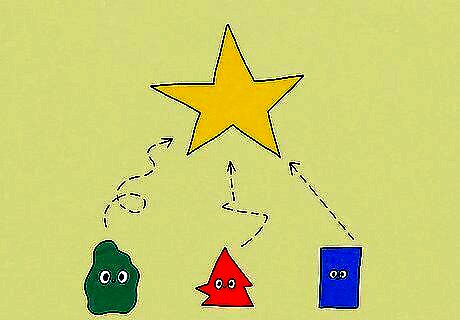
Develop a baseline before customizing your lessons. Set defined outcomes and goals for the learning period, so all your students ultimately learn the same information. Once you have a base goal in mind, you can start customizing your lessons and cater to all your students’ individual needs. “I need my class to divide fractions at the end of the learning period” is a great example of a clear learning goal.
Give students different ways to learn the content.
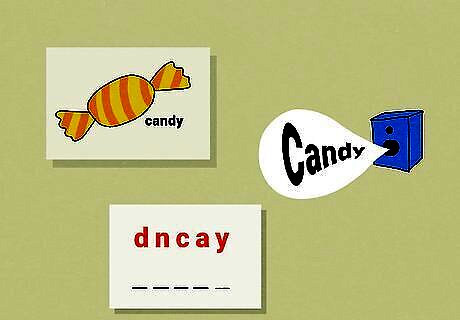
Students may enjoy learning new content in visual, auditory, or hands-on ways. Show your students a video at the beginning of the unit, or let your pupils listen to required readings on tape. You might also use charts, diagrams, or other visual aids to help present the content in a clear, interesting way. For instance, you might teach fractions by cutting a cake into pieces. You could introduce a world history lesson with an interesting documentary or historical drama. Students tend to learn best when they're presented with information from a variety of angles, so get creative!
Create a variety of different activities for your lesson.
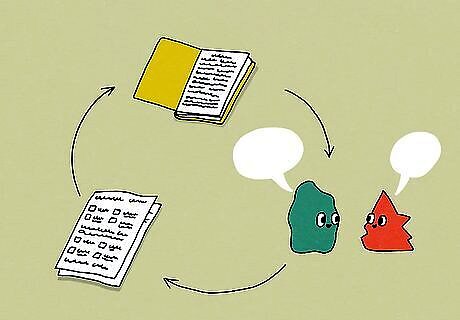
A single, uniform activity might not resonate with all your students. Instead, change up the process for your lesson with different activities. You might have your students journal their thoughts, or let them discuss the lesson with a partner. You might divide your students into literature groups if you’re reading a specific book in class. You could have students study historical queens and kings with a graphic organizer. EXPERT TIP Joseph Meyer Joseph Meyer Math Teacher Joseph Meyer is a High School Math Teacher based in Pittsburgh, Pennsylvania. He is an educator at City Charter High School, where he has been teaching for over 7 years. Joseph is also the founder of Sandbox Math, an online learning community dedicated to helping students succeed in Algebra. His site is set apart by its focus on fostering genuine comprehension through step-by-step understanding (instead of just getting the correct final answer), enabling learners to identify and overcome misunderstandings and confidently take on any test they face. He received his MA in Physics from Case Western Reserve University and his BA in Physics from Baldwin Wallace University. Joseph Meyer Joseph Meyer Math Teacher Effective teaching strategies consider a student's individual strengths. Tailoring instruction to a student's existing skills and encouraging collaborative activities can improve a student's outcome. Recognizing diverse learning styles allows for a stronger approach, fostering potential in all learners.
Offer different project options in the classroom.
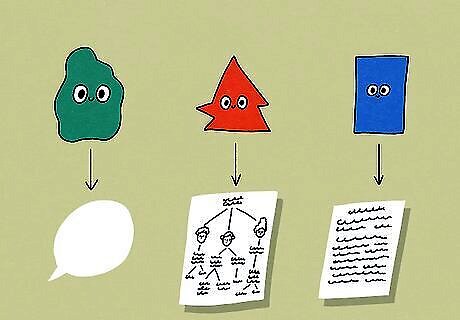
Students with different learning styles may prefer different projects. Let your students pick from a list or suggest a project style that caters to their learning needs, instead of requiring all students to present their information in the same way. Instead of assigning a book report, you might set up a mock debate between 2 students. Students who learn visually might have an easier time submitting a photographic essay.
Let students work in the way that is best for them.
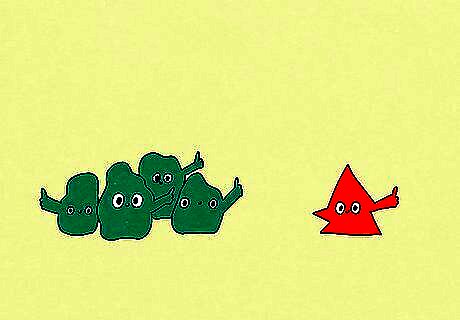
Create a diverse classroom that welcomes all learning styles. Some students might prefer to work by themselves, while others may work better in groups. Set aside different spaces where all of your students can really thrive, focus, and engage with the lesson material. Develop clear instructions and guidelines for students who prefer to do their work individually.
Organize flexible groups in the classroom.
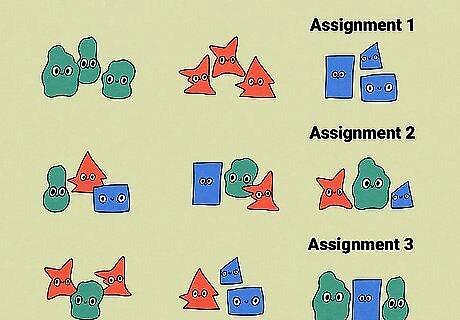
Flexible groups let students work together in a dynamic way. Ultimately, you get to decide how many students are in which group, and which activities would do best with group work. Best of all, these groups don’t have to be set in stone—feel free to change up the groupings for different assignments. You might assign partners to work on a book report. Divide students into small groups to complete a lab assignment or science experiment.
Present topics in a problem-based format.
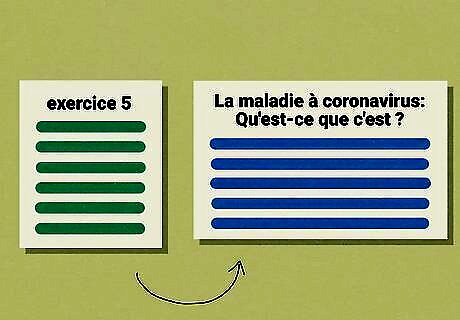
Let your students feel like they’re living in the real world. Not all students get a lot out of traditional, passive lesson plans—instead, they need to really live the material to understand its real purpose. Set up scenarios in your lessons that force students to apply their knowledge in a professional way, which can really take their learning to the next level. Instead of having students answer questions from a French textbook, invite them to translate a section of a French website. You might give your students applied chemistry problems that a professional pharmacist or chemist might deal with.
Set up different stations.
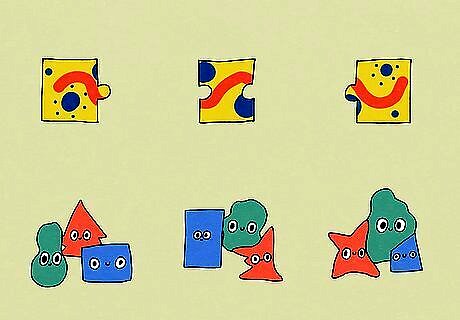
Assign different tasks to different sections of the classroom. Don’t force everyone to do the same assignment at once—instead, breaks the lesson into bite-sized chunks. Assign students to specific stations, so your pupils can work on different types of tasks. You might send advanced students to a more challenging station, while giving struggling students more targeted assignments. In a foreign language class, you might set up stations for reading, speaking, and listening. In a biology class, you might set up different stations that focus on the different stages of mitosis.
Design personalized agendas.
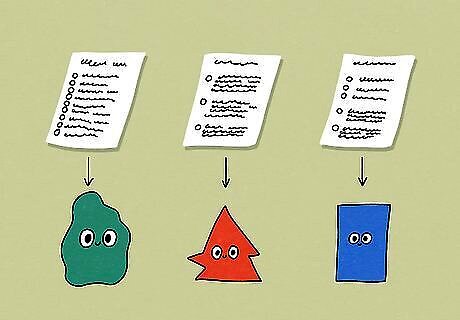
Develop a specific, 2-3 week plan for each student. Agendas let you focus on an individual student’s progress, and create a lesson plan that caters to their needs and capabilities. Create a long checklist for each student, giving them a list of tasks each student must finish within 2-3 weeks. Some agendas might be similar, while others might be more advanced or scaled down, depending on the individual needs of the student. In a chemistry class, you might give students a list of labs they need to complete within 2 weeks. In a literature class, you might have assigned readings over a month-long period.
Arrange long-term studies for flexible learning.
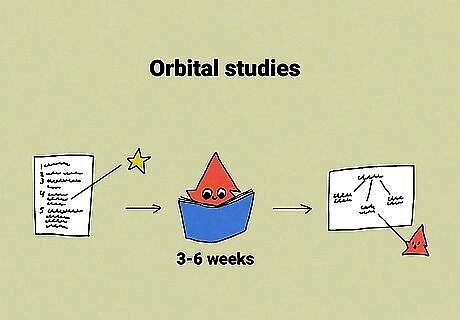
Orbital studies are long-term investigative studies into the curriculum. Let students pick a specific topic that they’re interested in, which they’ll focus and research on for 3-6 weeks. Then, work with each student over that time period as they complete a final project, like a presentation or paper. In a history class, you might let your students pick out a specific historical figure to study from a certain time period. You could let your students pick out and read a book from a specific literary time period. In a forensic science class, you might have students study a certain type of forensic evidence, like trace evidence or tire impressions.
Design choice boards for your students.
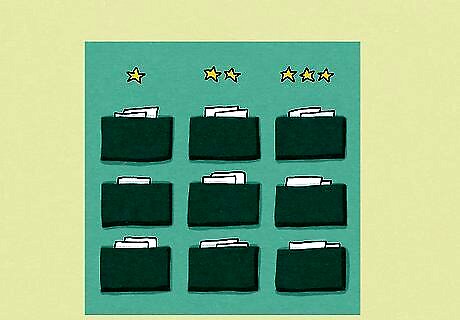
Choice boards let your students pick out their assignments. Set up a row of hanging pockets. Write different assignments on a stack of index cards, and separate the index cards into different pockets. Encourage your students to pick out a card from the choice board, instead of automatically assigning them something to do. You might place cards with different difficulty levels on different rows of your choice board. This way, students could pick out assignments that match their knowledge and skill level.
Test students before starting a new unit.

Get an idea of a student’s comfort level before jumping into a new subject. If a student does well on the initial test, they can skip over sections of the lesson instead of relearning information they already know. After the evaluation, focus on the students who didn’t test as well. EXPERT TIP Joseph Meyer Joseph Meyer Math Teacher Joseph Meyer is a High School Math Teacher based in Pittsburgh, Pennsylvania. He is an educator at City Charter High School, where he has been teaching for over 7 years. Joseph is also the founder of Sandbox Math, an online learning community dedicated to helping students succeed in Algebra. His site is set apart by its focus on fostering genuine comprehension through step-by-step understanding (instead of just getting the correct final answer), enabling learners to identify and overcome misunderstandings and confidently take on any test they face. He received his MA in Physics from Case Western Reserve University and his BA in Physics from Baldwin Wallace University. Joseph Meyer Joseph Meyer Math Teacher Assess students early to identify important knowledge gaps. Struggling students often have unidentified gaps in foundational concepts, leading to poor performance when learning advanced topics. Circumvent this problem by assessing their skills early on, and then filling in knowledge gaps as needed.
Evaluate your students in different ways.
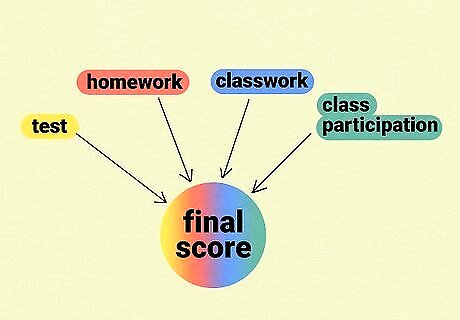
Don’t let multiple-choice tests make up your students’ entire grade. Instead, let other elements count toward their final scores, like homework, classwork, and class participation. This way, students who don’t test well can still prove that they understand the material.
Work with students’ families.

Set up a check-in system with students’ families. Arrange phone meetings, usual check-ins, and/or progress reports to keep student parents up-to-date on what’s going on. Parents can help support individual learning goals, and help their children both at home and in the classroom.











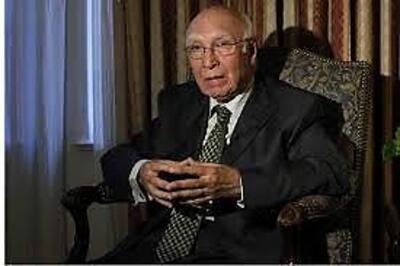



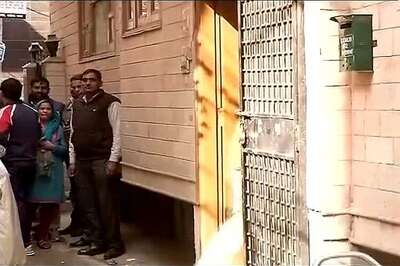




Comments
0 comment